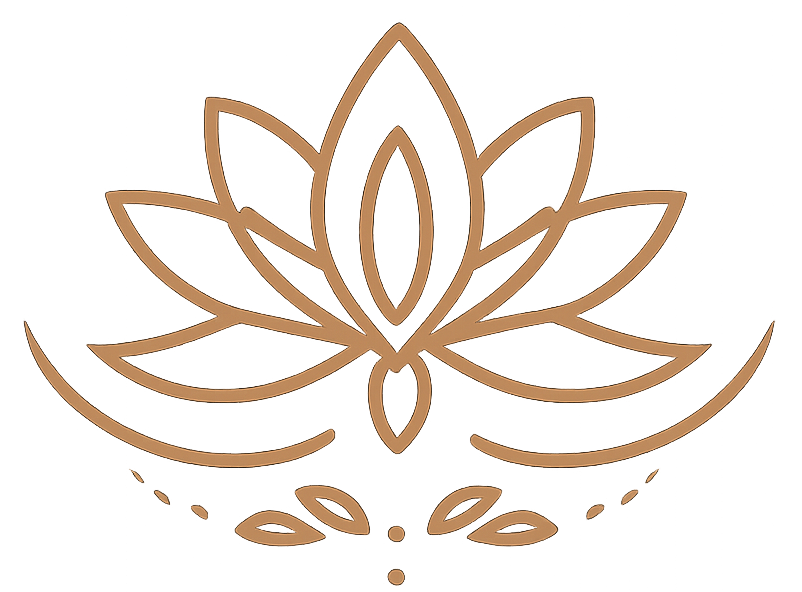The discovery spread like wildfire:
In the bustling city of New Eden, a scientist named Dr. Adrian Roscoe made a discovery that would forever alter the fabric of human understanding. Hidden within the depths of the human genome, he found what appeared to be a dormant 24th set of chromosomes.
Dr. Roscoe, a renowned geneticist, had dedicated his life to studying the anomalies in human DNA. His research led him to a peculiar pattern that recurred across various genomes, which he initially dismissed as a sequencing error. However, as he delved deeper, he realized that these were not mistakes but markers of something much more profound.
The 24th chromosome set was unlike anything he had ever seen. It was complex, vast, and seemed to resonate with an energy that defied conventional science. Dr. Roscoe hypothesized that this set of chromosomes was a remnant of a distant past when humans might have possessed abilities beyond current comprehension.
He named this discovery the “Roscoe Sequence” and began a series of experiments to unlock its secrets. The first step was to activate these chromosomes in a controlled environment. He used his own DNA as the template and, with the help of a revolutionary CRISPR technique, he successfully awakened the dormant chromosomes.
The effects were immediate and astonishing. Dr. Roscoe’s cognitive abilities skyrocketed, and he developed an intuitive understanding of genetic codes. He could visualize DNA sequences in three dimensions and manipulate them with his thoughts. It was as if he had tapped into the very essence of life itself.
Word of his discovery spread like wildfire, and soon the world was at his doorstep, eager to witness the dawn of a new era. But with great power came great responsibility. Dr. Roscoe knew that the Roscoe Sequence could be the key to curing genetic diseases, extending human lifespan, and even enhancing human capabilities. But it could also be misused.
He established the Roscoe Foundation, dedicated to the ethical study and application of the 24th set of chromosomes. The foundation attracted the brightest minds from around the globe, all working together to explore this new frontier.
As the years passed, the Roscoe Sequence became a beacon of hope. It was a reminder that within each of us lies undiscovered potential, waiting to be unlocked. And while the world marveled at the possibilities, Dr. Roscoe remained vigilant, ensuring that his discovery would serve as a force for good.
In the end, the 24th set of chromosomes became a symbol of human evolution, a testament to our endless quest for knowledge, and a promise of a future where the mysteries of life are within our grasp.
**This is a fictional story, but in the 1920s, American zoologist, Theophilus Painter, published the observation that humans have 24 pairs of chromosomes, based on his observations of dividing sperm cells in thin slices of testicles – an observation that went unchallenged for thirty years. The correct number of 23 pairs of human chromosomes was only established in 1955, but whose right?



